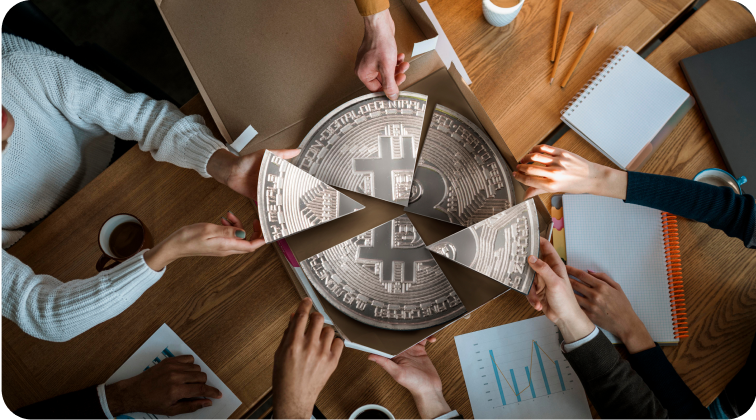The cryptocurrency industry has been steadily growing, and as we move into 2025, it’s clear that crypto adoption is on the rise. Consumers are showing more interest in digital assets, driven by factors ranging from increased trust in decentralization to greater accessibility. In this post, we’ll analyze the current state of cryptocurrency adoption, consumer attitudes, and what’s driving increased participation in the crypto market.
Key Drivers of Cryptocurrency Adoption
- Trust in Decentralization
As global distrust in traditional financial institutions continues to rise, cryptocurrencies present a compelling alternative. With decentralized finance solutions, individuals now have greater control over their finances, which resonates particularly with those who prefer to avoid banks and centralized entities.
- Institutional Involvement
The increasing interest and investment in cryptocurrencies from large corporations and financial institutions have helped build consumer confidence. As crypto becomes more recognized in mainstream finance, more people are willing to participate, knowing that these digital assets are gaining acceptance from industry giants.
- Practical Use in Daily Transactions
Cryptocurrencies are becoming more practical for day-to-day use. With the ability to send money across borders quickly and securely and a growing number of businesses accepting crypto for payments, digital currencies are increasingly viable for everyday transactions.
- Privacy and Security
Concerns over data privacy and security are significant drivers of cryptocurrency adoption. Unlike traditional banking systems, cryptocurrencies offer users more control over their data and the security of their financial transactions, attracting those who prioritize privacy.
Factors Driving Growth in Cryptocurrency Adoption
- User-Friendly Platforms
Crypto platforms like Coinsdrom make buying, selling, and storing digital assets easier for beginners. With simple interfaces and the ability to pay with credit cards, users can easily access the crypto world without dealing with complex mining or technical processes.
- Clearer Regulations
The growing number of regulations around cryptocurrencies is reassuring consumers. As governments and financial bodies establish more straightforward guidelines, consumers feel more secure using cryptocurrencies, knowing that a regulatory framework is in place.
- The Rise of Stablecoins
Stablecoins, which are tied to traditional assets like the US Dollar, are becoming increasingly popular. These cryptocurrencies provide stability and lower volatility, making them attractive for those hesitant about the price swings of traditional cryptocurrencies like Bitcoin and Ethereum.
- Educational Resources
With increased educational resources, consumers are becoming more informed about cryptocurrencies. As knowledge about the benefits and risks of digital assets spreads, more people feel confident in entering the crypto market.
What’s Next for Cryptocurrency?
The outlook for cryptocurrency adoption in 2025 is bright. As platforms make it easier to buy and sell digital assets, regulations improve, and new solutions like stablecoins grow, the crypto market is set for further mainstream integration. The path forward is more apparent than ever, and cryptocurrency is poised to become an integral part of the global economy.
If you’re ready to dive into digital assets, Coinsdrom offers a secure and easy-to-use platform to buy Bitcoin and Ethereum using just your credit card. No mining required—get started today!
Crypto adoption is growing—now’s your chance to get involved.
Coinsdrom makes it simple to buy Bitcoin and Ethereum.




